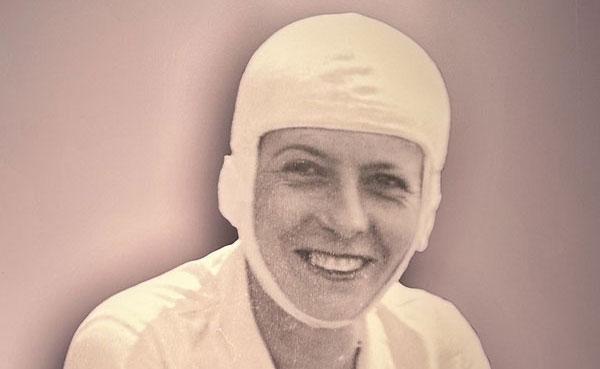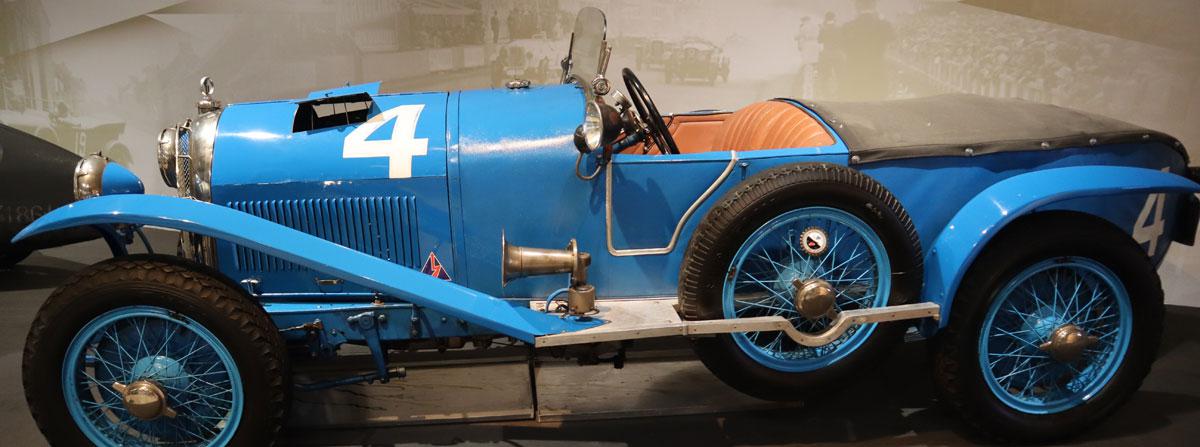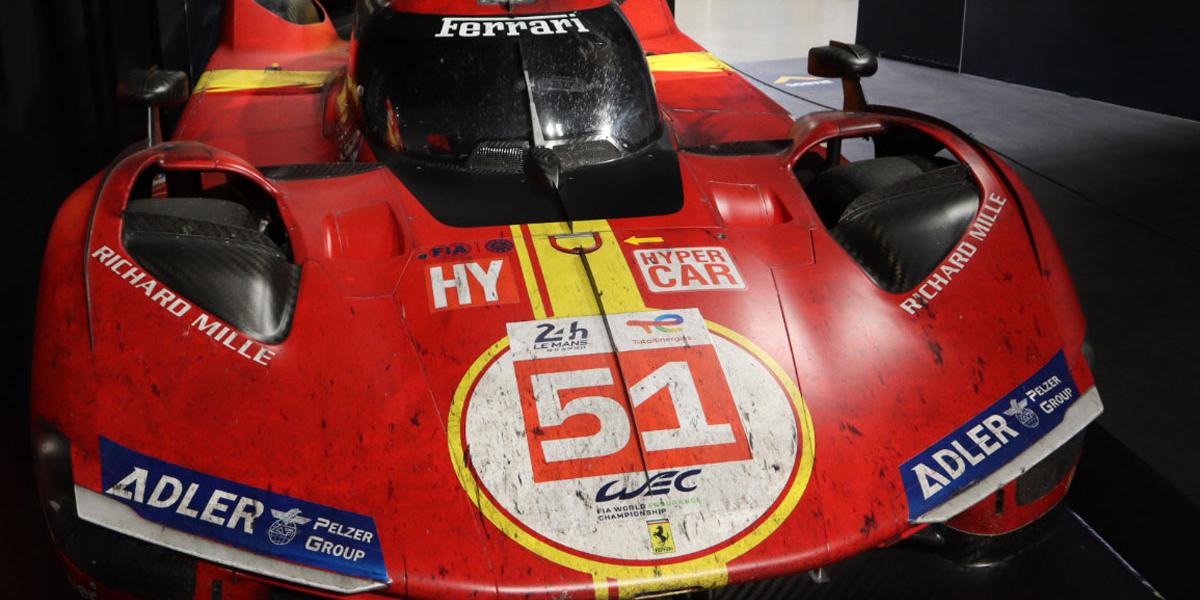Le Mans 24 Hr Endurance Race
The world's most famous race
Le Mans is the oldest surviving racing event, the first competition being in 1923 and every year since except 1936 during a labour strike and 9 years from 1940 to 1948 interrupted by WWII.
It is a 24-hour endurance race taking place on 8.5 miles (13.6 km) of racecourse and public roads at the Sarthe road-racing circuit, near Le Mans, France, and the winner is the car that travels the greatest distance in that 24 hours.
The Endurance Racing Triple Crown
The 24-hour race at Le Mans is also one leg of the Endurance Racing *Triple Crown, the other two being the 24 Hours of Daytona at Daytona Beach, Florida and the 12 Hours of Sebring also in Florida with only 9 drivers having earned the title by winning in all three venues, though none have ever won all three in the same year.
Up until 1970 when new regulations were introduced, the tradition was for the drivers to race from one side of the track as the French tricolour flag was dropped to the other where their cars were parked, jump in, and race off: the renowned “Le Mans Start”.
Those few seconds were given as much scrutiny and planning to reduce time as there is for an F1 pitstop, spurring the myth, that has gained traction, of Porsche putting the ignition on the left of the steering wheel so that Le Mans drivers could jump into the car, change gear,and start the engine simultaneously.
The Ferrari brand won on its debut entry at Le Mans in 1949
Regulations now stipulate 3 drivers per team with rotations at pit stops. The time behind the wheel is restricted to a total of 14 hours per driver, with a maximum of 4 hours driving in any six hours.
In 1949 however, in the first race after WWII, Luigi Chinetti driving a privately entered Ferrari Barchetta 166 MM won the race by driving solidly for 22.5 of the 24 hours.
His 1949 victory was just 22 days shy of his 48th birthday making him the oldest winner of Le Mans ever and the only driver to win at Le Mans before, and after, the Second World War in 1932, 1934, and 1949.
Endurance is the name of the game
ln endurance racing, repairs during the race can be undertaken during pit stops, however swapping out the engine, the gearbox, or the body shell are not allowed.
24 Hours - 1 driver
A Bentley won the Le Mans race in 1924, 1927, 1928, 1929, 1930, and 2003.
The only person to complete the Le Mans 24 hr circuit driving the entire 24 hours non-stop was Edward Ramsden Hall in 1950 who took 8th place driving a Bentley Corniche "TT" 1934 in 236 laps. Imagine driving 2,000 miles single handedly in a field of 60 competitors out of which only 29 would finish.
Eddie Hall's Bentley was 20 laps behind the French victors driving a Talbot Lago T26GS, but 6 laps ahead of a Jaguar XK-120s entered privately by a Peter Clark in 12th place and 11 laps ahead of another Jaguar XK-120s entered under the name of Peter Whitehead.
The Jaguar legacy of Le Mans 24
In 1949 there were 49 starters, but only 17 cars completed the 24 hour endurance race with a Ferrari taking the win.
Eight out of the twenty GBR entrants/ teams finished and there were 29 GBR and 63 FRA drivers participating. The fastest lap time was 155.427 km/h (96.57 mph) by a Delahaye 175 S.
There was a 1939 Bentley 4.25 Litre Embiricos Pourtout Coupé in 6th position, 7 Aston Martins of which only a DB1 and a Mark II (DB2-Prototype) made the finish.
In 1950 Messers Clark & Whitehead driving Jaguar XK-120s came in 12th and 15th respectively, with the Talbot Lago taking first and second place.
In 1951 Jaguar Cars Ltd had 3 XK120C C types ready and Peter Walker and Peter Whitehead came in 1st position.
Stirling Moss had the fastest lap of the race in 4:46.800 at 169.356 km/h (105.232 mph) though his and the third C Type fell into the “Did not finish” DNF category with oil pressure and oil pump issues respectively.
However, Robert Lawrie, GBR driving a Jaguar XK-120 'Brooklands engine' came in 11th position of 30 finishers from a field of 60.
In 1952 three out of three Jaguar Ltd C-Types (XK-120C) fell into the DNF category, two listing head gasket issues and the third engine trouble.
In 1953 Jaguar Cars Ltd driving C-Types took:
1st place driving 304 laps with an average speed of 155.575 kmh over 3733.80 kms ( 96.67mph - 2320 miles.)
And 2nd place - Stirling Moss/ Peter Walker
And 4th place - Peter Whitehead / Ian Stewart
And 9th place - also driving a C-Type was taken by Ecurie Francorchamps, BEL
In 1954 Jaguar Cars Ltd with the new D-Type monocoque came in 2nd place - 1 minute and 45 seconds behind Ferarri.
NB: Peter Whitehead and Ken Wharton won in the D-Type at the 12-hour race at Reims a few weeks later.
In 1955 - Jaguar Cars Ltd **Mike Hawthorn / Ivor Bueb took 1st place driving the D-Type driving 307 laps with an average speed of 172.308 km over 4135.380 km ( 107.1mph - 2570 miles.) but against the backdrop of Motorsports worst ever tragedy.
In 1956 The race took place at the end of July after extensive renovations to the circuit following the previous year's disaster, with Ecurie Ecosse GBR taking 1st place driving the D-Type.
The D Type took 4th and 6th place by Equipe Nationale Belge, BEL, and Jaguar Cars Ltd respectively.
1956 Reims: Meanwhile On June 30th at Reims, The Jaguar DeTypes reigned supreme taking 1st, 2nd, 3rd and 4th positions with a collective average speed of 177.774 km per hour with a high of 178.644 ( 110.464mph and 111.004mph)
Retirement: 1956 marked the retirement of the Jaguar Cars Ltd works team from racing.
In 1957 - Le Mans recorded teams driving the Jaguar D-Type taking 1st, 2nd, 3rd, 4th, and 6th positions.






